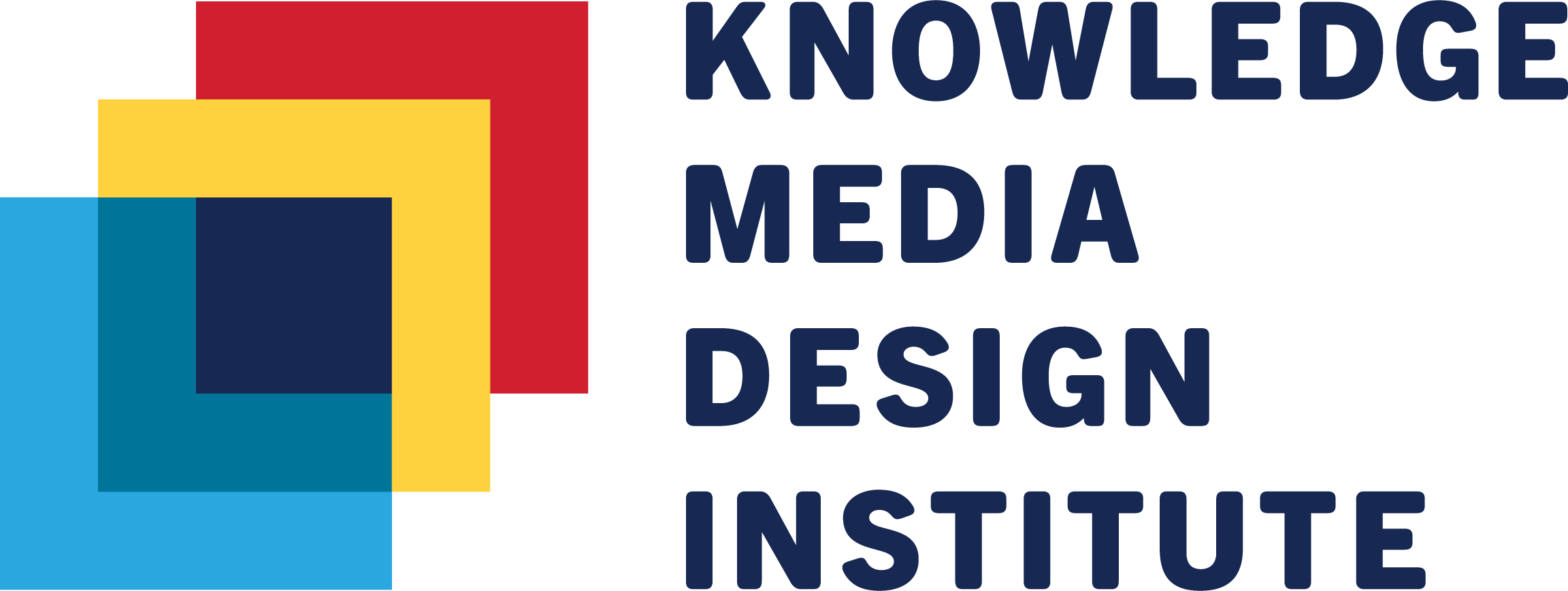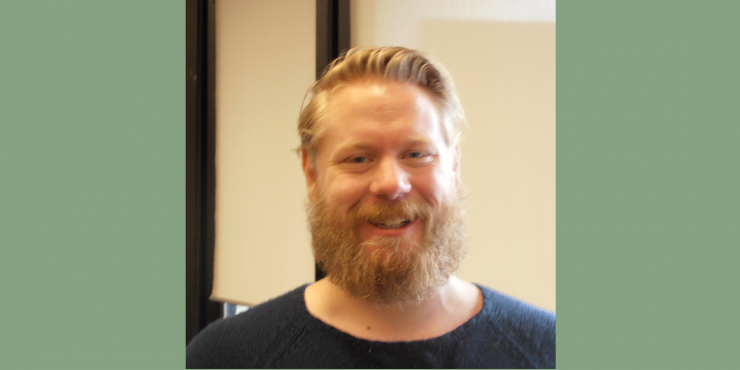Can you explain your educational background and premise for interning with Professor Matt Ratto?
My name is Jørgen Grønnevik Hopland, I was an International Visiting Graduate Student as a research intern/junior researcher supervised by Professor Matt Ratto at the Semaphore Research Cluster, Faculty of Information. I was here from Sep – Dec. 2018 as part of my Master’s (graduate) studies, MSc Cultures of Arts, Science and Technology (CAST), at Maastricht University, The Netherlands. This programme was created by Wiebe Bijker who co-created Social Construction of Technology (SCOT) with Trevor Pinch.
My bachelor’s thesis was on the subject of “smart cities”, so getting accepted for CAST was a great opportunity for me to delve deeper into Science, Technology, and Society studies (STS). The addition of arts was really an eye-opener on the role arts actually play in this mix – complements, critiques, and pushes science, technology, and society, in a variety of ways.
Professor Matt Ratto pointed me towards new methods and theories for my internship, in addition to contributing advice for my master’s thesis.
How did having access to Semaphore Research Cluster and resources in Toronto added to your research and the project you were working on during your visit here?
My time under Matt Ratto’s supervision was priceless because I was in frequent contact with him, but the best part was the access to the colleagues at Semaphore Research Cluster. Being a master’s student amongst PhD candidates and PhD students really put things in perspective. It truly was a source of inspiration.
The project I have been working on was about top-down and bottom-up initiatives in urban development, with a focus on technology development, and how these can work as “(smart) informal learning ecosystems”. The initiatives I looked into were Sidewalk Toronto, where experts and citizens negotiate the development of Quayside, and Civic Tech Toronto, a diverse community of citizens interested in finding solutions to civic challenges through technology. I went to these spaces in order to see how citizens and experts learn from each other, and by which means this learning took place.
How did you use your previous knowledge at Maastricht University here at the University of Toronto?
At Maastricht University I had the pleasure of interviewing Wiebe Bijker and Harro van Lente for a training module on qualitative methods. Their insights really resonated with me and helped me with my research and writing my paper for peer-review. Bijker spoke of approaching research and writing as an hour glass, start wide-narrow in-widen out. Van Lente told me to think of research and writing as ideas as opposed to personal work. Sure, the work is personal but when receiving feedback, it is the idea that is critiqued rather than the writer. These teachings came on top of the general setup of the courses, which are all focused on doing research and writing. Also, Bijker did an interview stating that STS would really benefit from revisiting classic social science and philosophy theorists, such as John Dewey, rather than criticizing them, as STS did in the early days.
John Dewey and his notion of “publics” was introduced to me here at U of T by Matt Ratto, and Toronto has a diverse group or “public”. I had read about Dewey prior to coming here, however, his notion of “publics” was new to me. This became a key part of my internship research, and it was really interesting to look for different sets of “publics” in the spaces I visited. “Publics” was a nice addition to the ethnography introduction I got from Cyrus Mody and Conor Douglas back in Maastricht.
How will your work at U of T, Semaphore Research Cluster, influence your future research?
The work I did here has inspired me to study innovation. I have always found innovation to be a fascinating subject, but it also felt closed-off since innovation usually happens behind closed doors. Looking at public innovation, where the process is open and inclusive as opposed to a closed-off laboratory, has given me newfound interest in innovation.
My future work will definitely include innovation and public participation/civic engagement. There are so many great perspectives that I have become familiar with, and have an impact on urban planning. Lastly, introducing a larger public population in research and innovation which includes marginalized groups adds a more holistic inclusive approach to developing urban spaces.

